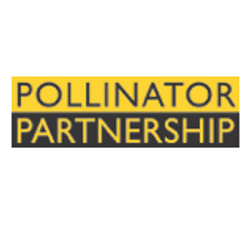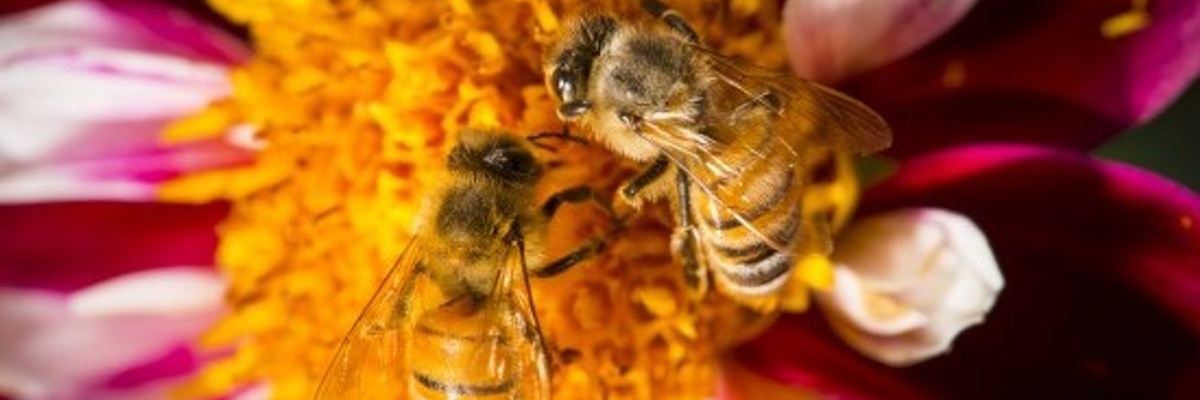

Invite pollinators to your neighborhood by planting a pollinator friendly habitat in your garden, farm, school, park or just about anywhere!
The Idea
Pollinator Partnership helps people protect pollinators to ensure healthy ecosystems and food security. The Pollinator Partnership’s mission is to promote the health of pollinators, critical to food and ecosystems, through conservation, education, and research. Their signature initiatives include the NAPPC (North American Pollinator Protection Campaign), National Pollinator Week, and the Ecoregional Planting Guides, which this page will help you to get started with in your community.
The ecoregional planting guides, Selecting Plants for Pollinators, are tailored to specific areas of the United States and Canada. You can find out which ecoregion you live in simply by entering your zip code / postal code at http://pollinator.org/guides and get your free guide tailored to the pollinators in your region. You can find lists of plant names that will attract pollinators and help you build a beautiful pollinator habitat! Print these lists and bring them to your local native plant, garden center or nursery and then get a group together and get planting!
Invite pollinators to your neighborhood by planting a pollinator friendly habitat in your garden, farm, school, park or just about anywhere!
The Idea
Pollinator Partnership helps people protect pollinators to ensure healthy ecosystems and food security. The Pollinator Partnership’s mission is to promote the health of pollinators, critical to food and ecosystems, through conservation, education, and research. Their signature initiatives include the NAPPC (North American Pollinator Protection Campaign), National Pollinator Week, and the Ecoregional Planting Guides, which this page will help you to get started with in your community.
The ecoregional planting guides, Selecting Plants for Pollinators, are tailored to specific areas of the United States and Canada. You can find out which ecoregion you live in simply by entering your zip code / postal code at http://pollinator.org/guides and get your free guide tailored to the pollinators in your region. You can find lists of plant names that will attract pollinators and help you build a beautiful pollinator habitat! Print these lists and bring them to your local native plant, garden center or nursery and then get a group together and get planting!
Tons of new plants went in today! Lavender, basil, rosemary, purple penstemon, milk weed, chaste tree, sage, some wild flower seeds, and a few other pollinator plants all went in to the new planters.
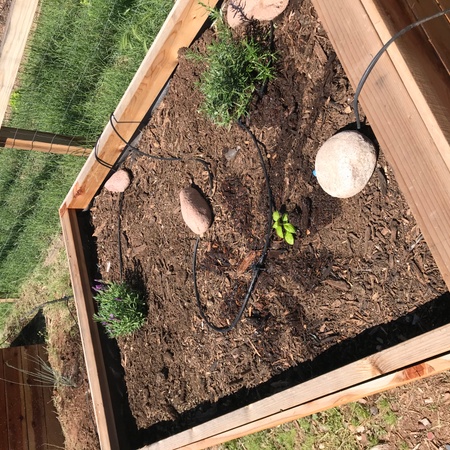
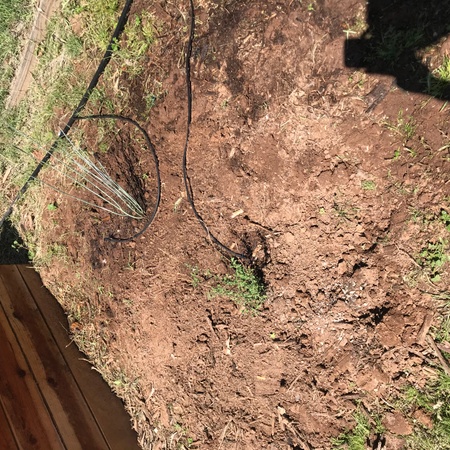
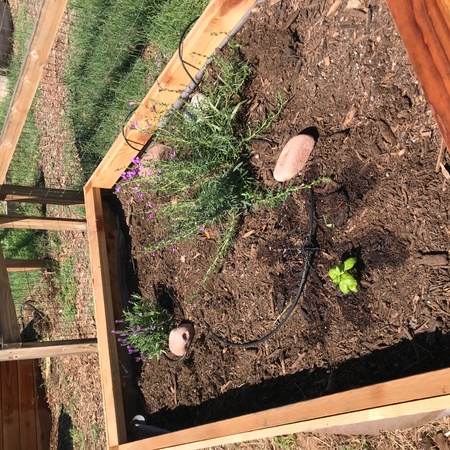
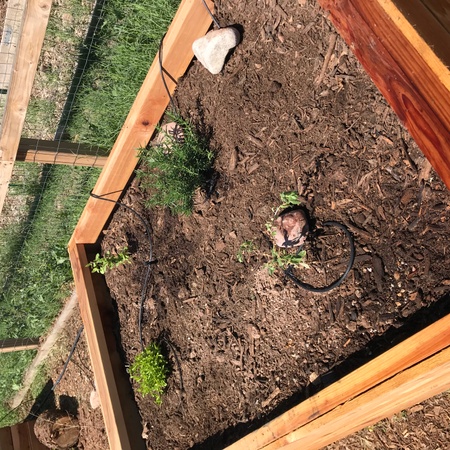
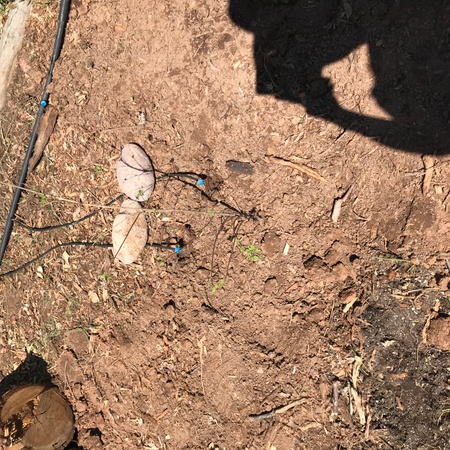
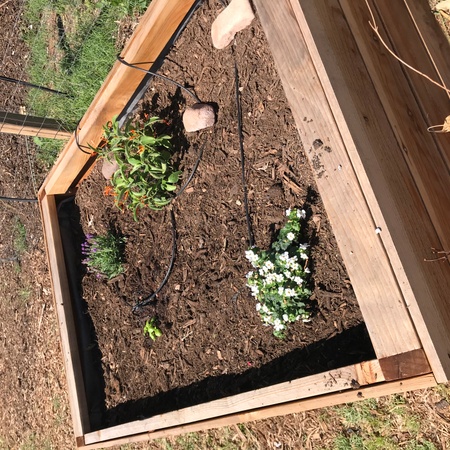
Though our project is not yet finished, the pollinator project has had a large influence in rejuvenating the community garden. We have now successfully rented out almost all of the plots, built redwood raised beds in front of the garden (crab grass prevented us from planting directly in the soil) for the more delicate pollinator plants, amended the garden soil with 12 cubic yards of compost and mulch, and planted several new pollinator plants with many more to come. Our next phase is to fix some of the broken watering systems so we can continue to plant. Though we don't have a ton of plants in yet, we have a community of gardeners again! This garden was once thriving with many active members. We have also inspired many people in the neighborhood to plant more pollinating plants. The next infusion of money should be enough to fix the watering system and plant all of the beds with lavenders, rosemary, basil, passion vine, chaste trees, milkweed, Mallows, bee balm, and native seeds- all of which we already have waiting to go in once the watering system is repaired.
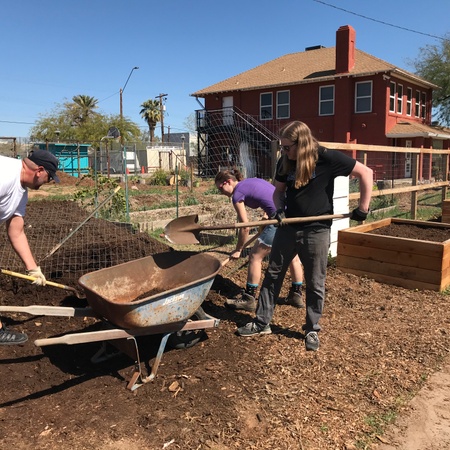
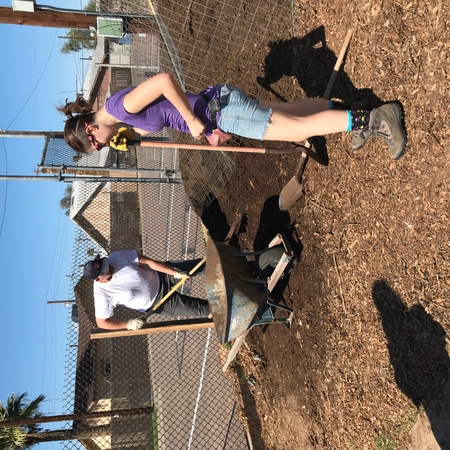
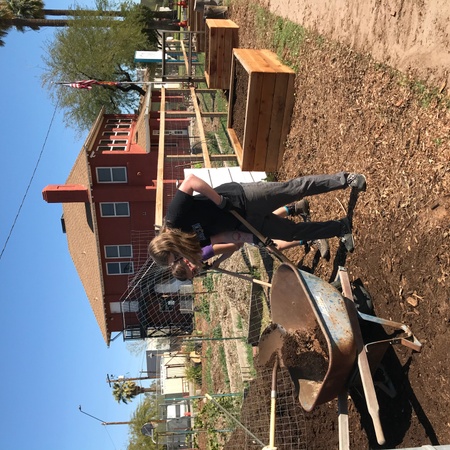
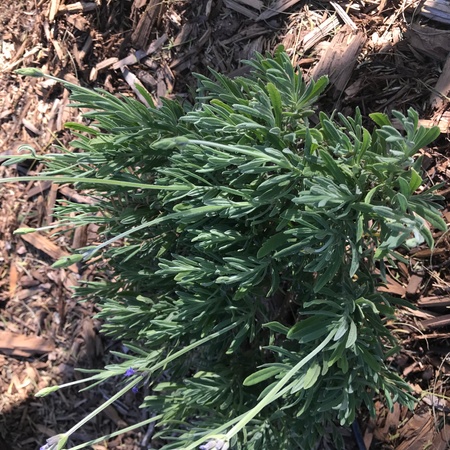
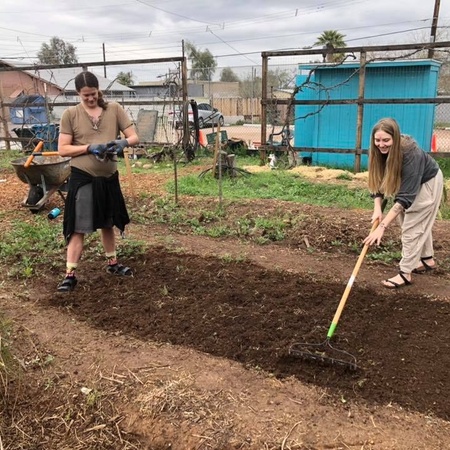
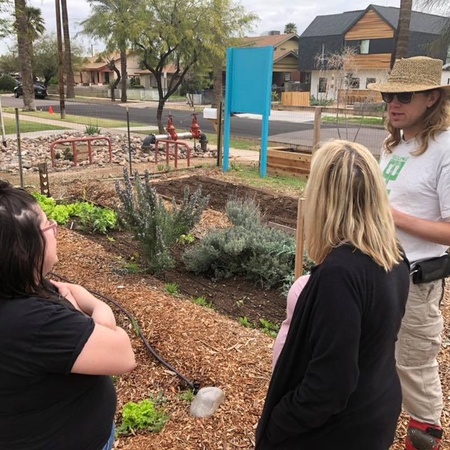
Good to know! I was told that there was just one member left.
Filling the new raised planters with new soil!
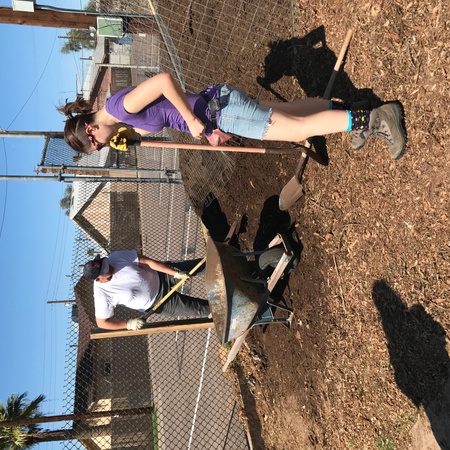
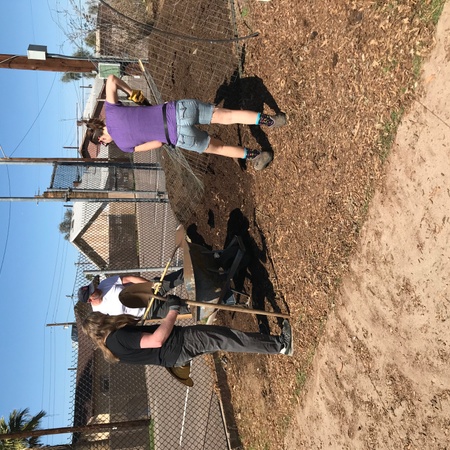
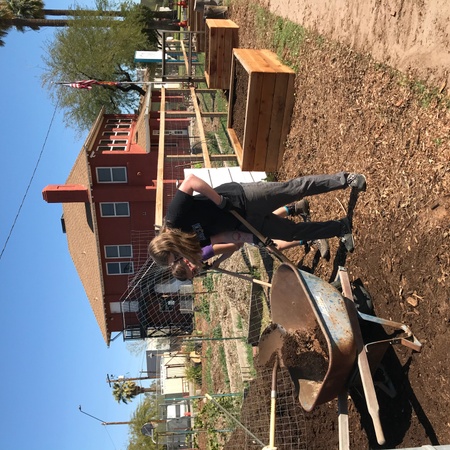
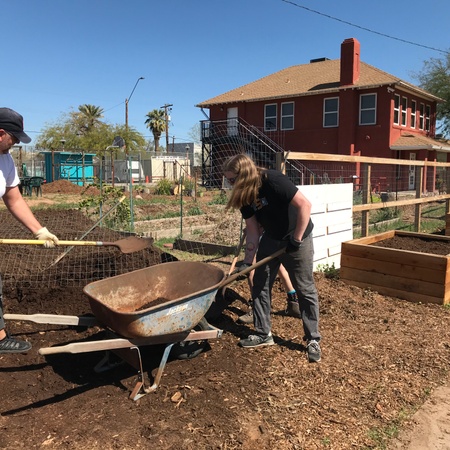
Hello Neighbor Farmers,
I've attached a link to a page that has a podcast about pollinators! The website is also useful, if you have not heard of "The Urban Farm" please consider clicking through it. It's about a larger community of farmers/gardeners that is helping make a positive impact on the World. Be well.
The first two beds were installed last weekend! Four more to build and fill and then we can start planting.
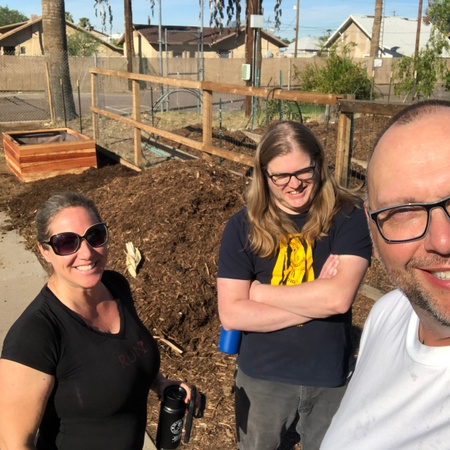

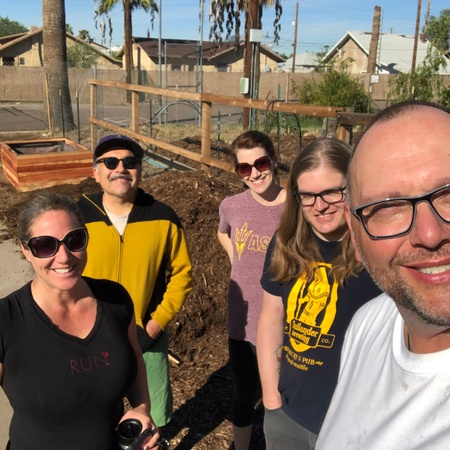
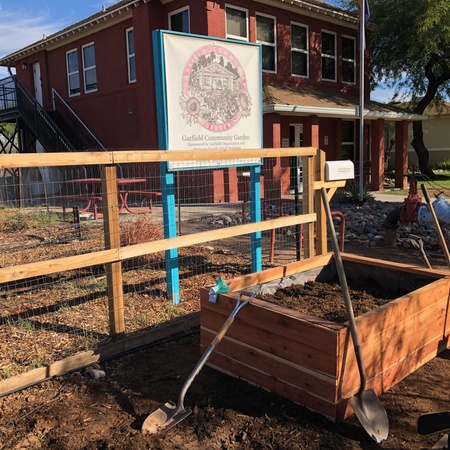
Looks great everybody! The bees and the butterflies say thank you!
This past weekend we got 2 of the raised planters built. 4 to go! Hopefully we can install these soon and get them filled with dirt. If anyone has a truck available to haul some dirt with, let me know. We can get free compost from Tempe. Otherwise we have to pay for the dirt and the delivery.
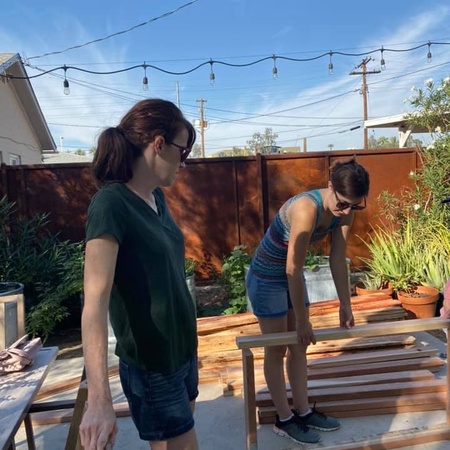
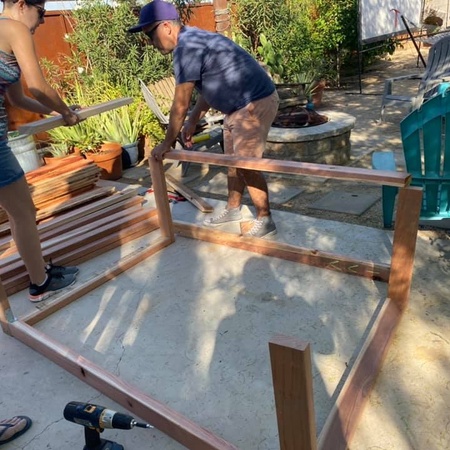
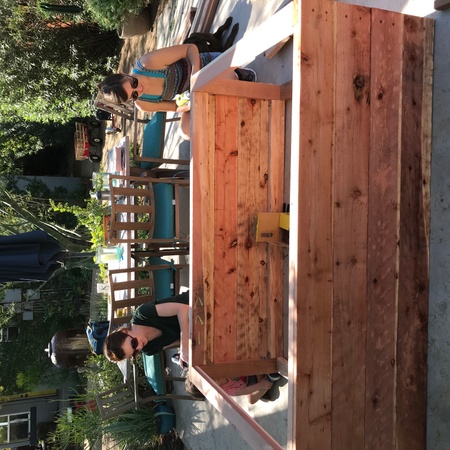
Free class on attracting pollinators Oct 12
I signed up!
List of pollinator plants from Xerces Society
Desert hardy plant list
Creating a Monarch waystation
Tempe offers free bulk compost tonite residents (Phoenix does not). This might be a good option for us if we can get a Tempe resident to go with us and pick up dirt. We'd also need a truck/ trailer. If you guys no anybody that could help, maybe put out some feelers. Free dirt would be fantastic for our budget.
That's great on both counts! That much dirt would dig into our budget otherwise. City of Phoenix sent me the babes of two distributors who sell the compost for them. They do give discounts to residents. I still need to reach out to them regarding cost, transport, etc.
Also city of Tempe is selling compost to non-residents for $20 for a truck full of fine compost and $10 for a truck full of chunky compost
Recycled City said they would donate compost, we just need to let them know when. Not sure how much, but I have three Recycled City subscribers that agreed to donate their portions to the Garfield Pollinator Garden. Also, the Sikh Tree Planting Project is happening October 26th! City of Phoenix is donating a dumpster full of compost to the project. The Tree Planting Committee members agreed that we would donate any leftover compost to the Garfield Garden/Pollinator Garden.
